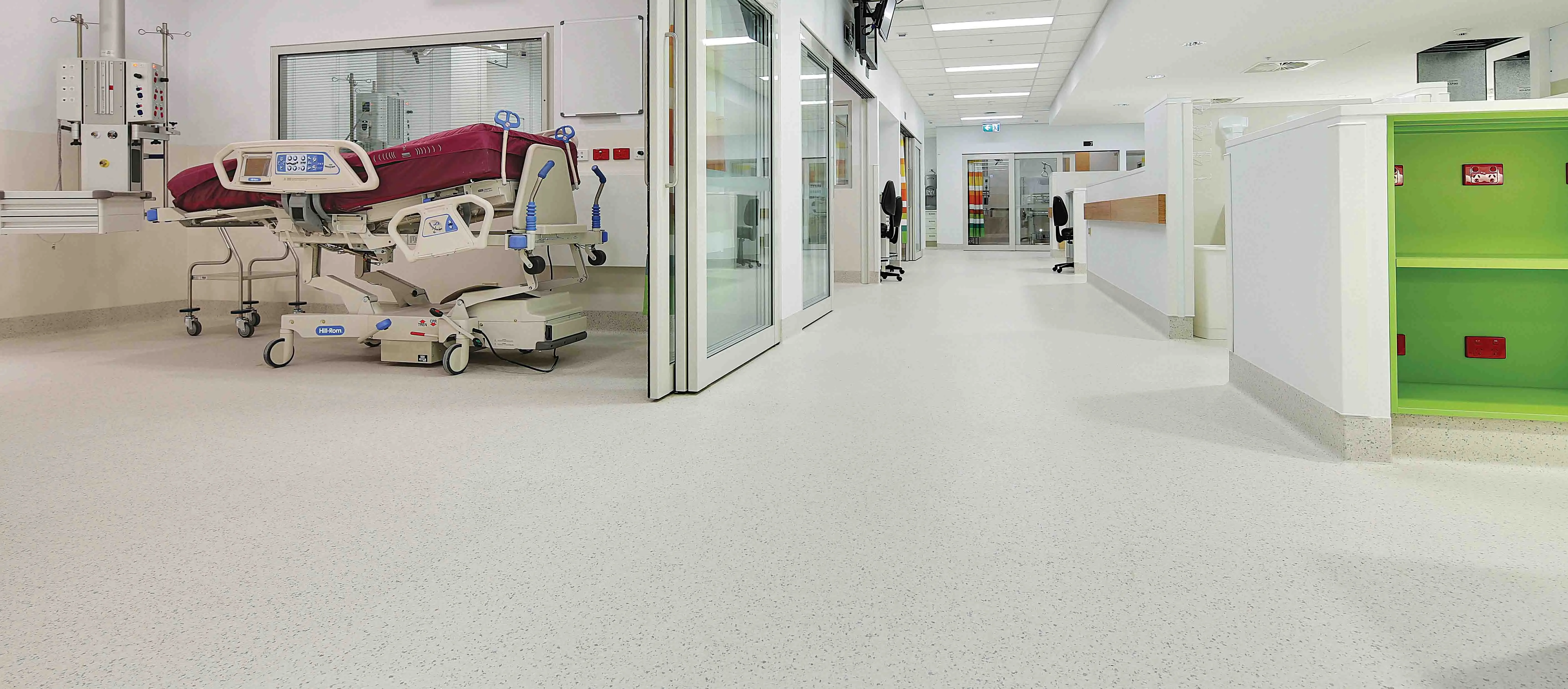Choosing the Best Flooring Options for Commercial Kitchen Spaces
Understanding Commercial Kitchen Floors The Key to Hygiene and Safety
In the fast-paced world of food service, the kitchen is often the heart of the operation. However, maintaining efficiency and safety in a commercial kitchen is no small feat. One of the most critical elements that often gets overlooked is the flooring. The choice of commercial kitchen floors significantly impacts hygiene, safety, and overall functionality. In this article, we’ll explore the features, materials, and considerations that make for effective commercial kitchen flooring.
Importance of Flooring in Commercial Kitchens
The flooring in a commercial kitchen is not merely an aesthetic element; it serves several crucial purposes. First and foremost, kitchens are high-traffic areas where spills, moisture, and heavy equipment are the norm. The flooring must withstand the daily rigors of this environment while providing a safe surface for staff. A well-chosen floor contributes to the cleanliness and hygiene standards required in food preparation areas, thereby minimizing the risk of contamination and ensuring the safety of the food being served.
Key Characteristics of Ideal Commercial Kitchen Floors
1. Durability Commercial kitchen floors endure constant wear and tear from foot traffic, heavy loads, and spills of all kinds. Durable flooring materials like epoxy, vinyl, and concrete are often favored for their ability to last under pressure.
2. Slip Resistance Safety is paramount in a bustling kitchen. Floors should have a non-slip surface to prevent accidents caused by spills or wet conditions. The right texture and treatment can help keep staff safe while they work.
3. Hygiene In a commercial kitchen, cleanliness is critical. The flooring should be easy to clean and maintain, with no seams or joints where dirt and bacteria can accumulate. Materials that are non-porous and resistant to stains, such as tiles or specific types of vinyl, are ideal.
4. Water Resistance Kitchens are exposed to water, steam, and various liquids on a daily basis. Floors must be water-resistant to prevent damage and mold growth.
commercial kitchen floors

5. Comfort Staff often spend long hours on their feet, so the comfort of the flooring can affect their well-being and productivity. Flooring that provides a bit of cushioning or support can benefit staff during long shifts.
Popular Flooring Options for Commercial Kitchens
1. Epoxy Flooring Epoxy is a highly durable, seamless option that is easy to clean and can withstand heavy loads. Its non-porous nature makes it resistant to spills and stains, making it a popular choice in commercial kitchens.
2. Vinyl Flooring Vinyl is an affordable, flexible option that offers excellent water resistance and is available in various styles and colors. It’s also comfortable underfoot, which can be beneficial for staff.
3. Ceramic Tiles Ceramic tiles are another hygienic option, known for their durability and ease of cleaning. However, they can be slippery when wet, so it’s essential to choose anti-slip textures.
4. Rubber Flooring Rubber provides excellent slip resistance and is comfortable to stand on for long periods. It's also relatively easy to clean and maintain but can be more expensive than other options.
5. Concrete For robust durability and a modern look, polished concrete floors are gaining popularity. They can be stained or coated to improve aesthetics and can withstand extreme wear and tear.
Conclusion
Choosing the right flooring for a commercial kitchen is an investment that directly impacts hygiene, safety, and productivity. By considering factors such as durability, slip resistance, and ease of maintenance, restaurant owners and kitchen managers can create an efficient and safe workspace that meets health standards and creates a positive environment for staff. Whether opting for epoxy, vinyl, tiles, rubber, or concrete, making an informed decision will pay off in terms of safer, cleaner, and more efficient food service operations. As the culinary world continues to evolve, so too will the innovations in kitchen flooring that support it, ensuring that kitchens remain a safe, functional, and hygienic space.
-
modern-interior-solutions-with-durable-pvc-material-skirtingAug.22,2025
-
elevating-outdoor-spaces-with-premium-wood-material-skirtingAug.22,2025
-
Waterproof Advantages of SPC Flooring Vinyl in KitchensAug.06,2025
-
SPC Hybrid Waterproof Flooring Thickness GuideAug.06,2025
-
Leveling Subfloor Before My Floor SPC InstallAug.06,2025
-
How Mesh Deck Skirting Improves Outdoor Pest ControlAug.06,2025




